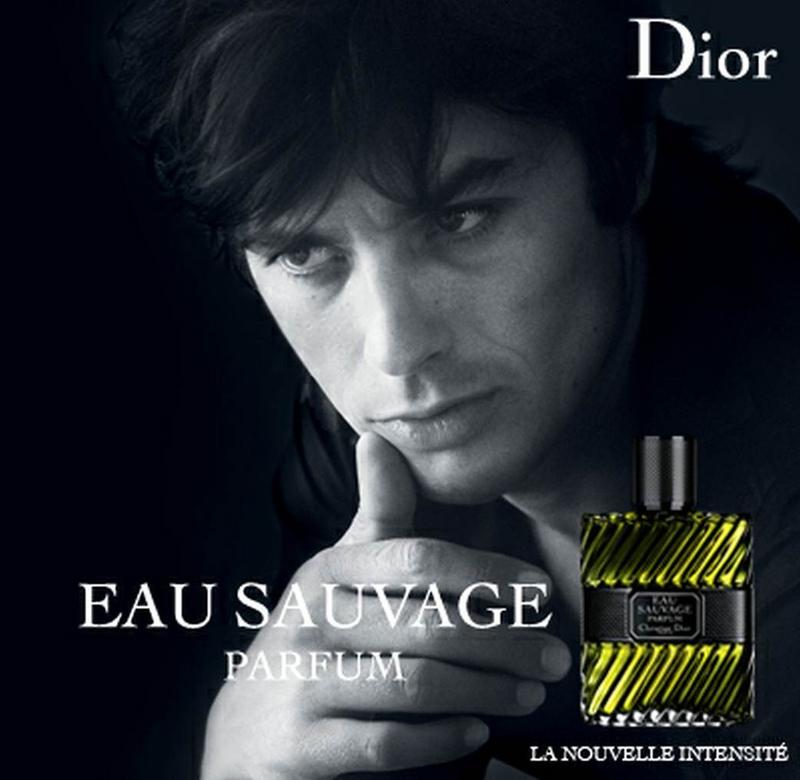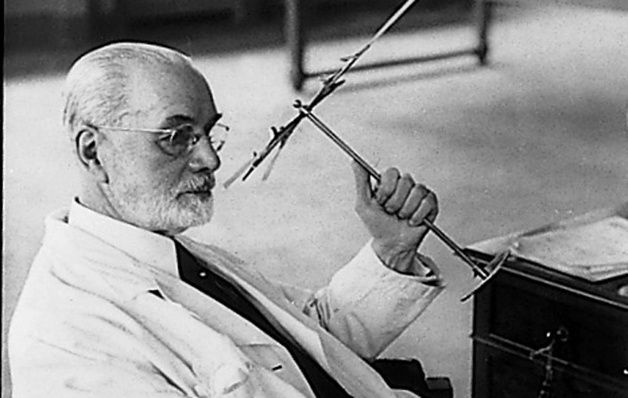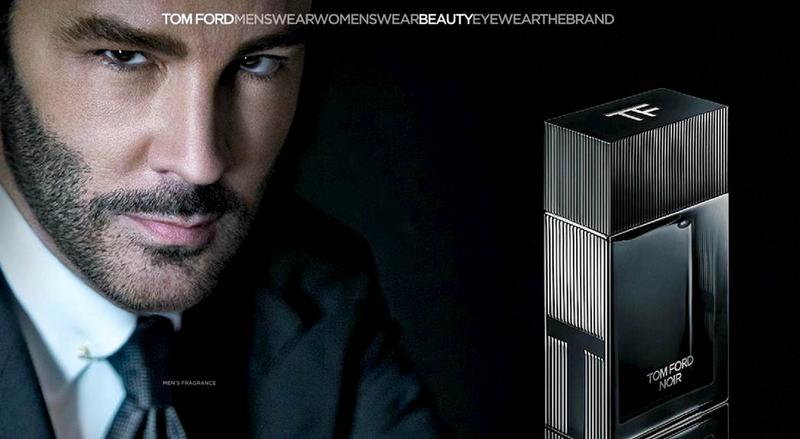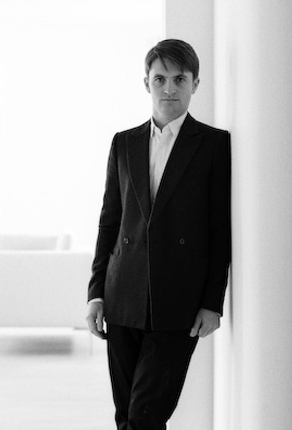October 15, 2012
Disclaimer: The views and opinions expressed herein are solely those of the author and/or guest contributors and do not necessarily state or reflect those of The Perfume Magazine LLC, Raphaella Brescia Barkley or Mark David Boberick.
All content included on this site, such as text, graphics, logos, icons, videos and images is the property of The Perfume Magazine, LLC. or its content suppliers and protected by United States and international copyright laws. The compilation of all content on this site is the exclusive property of The Perfume Magazine, LLC. and protected by U.S. and international copyright laws.
The Perfume Magazine.com is solely owned and operated by Raphaella Barkley Raphaella Barkley; Editor, Founder and Owner of The Perfume Magazine LLC.
The Perfume Magazine Forums, The Perfume Magazine.com, The Perfume Magazine FaceBook,The Perfume Magazine Twitter, and Sniffapalooza Magazine.com, as well as all The Perfume Magazine Social Media, is also solely owned and operated by Raphaella Barkley and The Perfume Magazine LLC.
The logo and banner are property of The Perfume Magazine, LLC. and are protected by U.S.and international copyright laws.
© Copyright. 2012. All Rights Reserved. The Perfume Magazine LLC 2012
By Clayton Ilolahia
Looking Back My 2012 Favourites
The December holiday season is a time of year I look back on the way the year unfolded, I appreciate the highlights then cringe and hopefully learn from the lowlights. From the perspective of a perfume collector, it has been an interesting year with no shortage of new perfume launches to choose from. I added a record number of bottles to my collection, I think due in part to the sheer amount of quality coming from all areas of the perfume industry; niche, mass market and luxury perfumery. Below are four of my perfume highlights for the year, each perfume interesting for different reasons.
In June I visited Bangkok, Thailand where I had the opportunity to explore the city for oudh oil imported from a growing number of suppliers in neighbouring Laos, Vietnam and Malaysia. Historically, oud, oudh or agarwood has played an important role in the social and religious activities of these countries. Oud is most commonly associated with the Middle East but it is Asia’s climate that provides the Aquilaria tree a suitable horticultural environment and Asian growers have learned the art of extracting the rare scent from the tree’s resinous heartwood. 2012 saw a continued influx of oud perfumes being launched, particularly by niche perfume houses. This year has seen the niche perfume industry further define its place within the world of fragrance. Some prefer the term artistic perfumery instead of niche and it is no secret that larger commercial brands look to artistic perfumery to nourish their ideas.
Artistic or niche brands are better placed to test new ideas in the market and their success or failure will determine whether a big international name can later follow suit. The oud trend is a curious example because oud has become a phenomenon. Every brand from Christian Dior to Jo Malone now has an oud titled perfume. Comparatively it would be similar to visual artists all over the world deciding they would all paint in Prussian blue or designers at Paris Fashion Week sending every model down the runway wearing slight variations of the same dress. By March I had grown tired of the continuous launch of new oud perfumes riding the slipstream of trailblazing scents such as Ormonde Jayne’s Ormonde Man and Yves Saint Laurent’s M7, famed as the first major and niche perfumes to use oud. At the height of my cynicism I was introduced to Agarwoud by Heeley Parfums. In the world of niche perfume, James Heeley is one perfumer that commands respect for his self-taught approach that remains an independent voice on the perfume landscape. Although Agarwoud’s success was overshadowed by the numerous other oud perfumes on the market, James Heeley’s take on oud was one of my favourites for 2012. Agarwoud maintains a transparency and radiance that is not often seen in other oud perfumes.
The use of oud in perfumery is opulent and often, perfumers cannot resist the charm of other decadent raw materials such as natural sandalwood, rose and jasmine absolute, saffron and costly iris. The end result is nonetheless beautiful but these perfumes have a grandiose presence that is not for everyday use, unless you are the Sultan of Oman. James Heeley’s approach to oud is a pared back affair. Coupled with notes of benzoin resin, a delicate fruity rose and amber; Agarwoud releases oud from many of its cultural stereotypes.
If you read any internet forum on the topic of perfume you will quickly realise there are some serious perfume lovers out there, eager to discover the next greatest perfume the world has to offer them. It was no wonder a growing interest in vintage perfume existed after fanatical fans had ventured through the niche and mainstream yet they still wanted more. With laws that govern perfume ingredients continuing to change, many perfume lovers are exploring vintage perfumes in the hope that an outdated or discontinued perfume formula will satisfy their lust for the perfect scent. Second-hand perfumes as young as three years old can triple their value if they belong to a list rumoured to have undergone reformulation and vintage perfumes from the 1920s-40s can easily fetch 3-4 digit figures at Ebay auctions.
This is especially true for vintage perfumes that contain natural oakmoss. Over the past decade the amount of oakmoss permitted in perfume has been reduced and the knock-on effect of this restriction has caused a series of reformulations for perfumes that depend on the dry mossy effect oakmoss can give. At the end of the European summer I struck vintage gold when I visited a small independent perfumery in the south of France. The boutique was clearing outdated Guerlain stock that I gleefully bought up. Among my purchases was a fragrance for men, Mouchoir de Monsieur, created by Jacques Guerlain in 1904. Up until the late 1980s it was rumoured to be only available as a made-to-order perfume. Guerlain offered it to two men, a Spanish royal and a French celebrity. In 1989 it was released to the public and today it sits quietly amongst the house’s many other perfumes at Guerlain’s Parisian flagship on the Avenue des Champs-Elysées. Mouchoir de Monsieur is closely related to another Guerlain icon, Jicky and it is classified as a fern or fougere perfume, one of masculine perfumery’s most important themes of the 20th century. For Mouchoir de Monsieur, Jacques Guerlain delivered the infamous Guerlain accord of confectionary orris, tonka, vanilla and a dose of animalic civet. Above the floral notes of rose and jasmine lie the fougere’s signature lavender and citrus. Mouchoir de Monsieur (gentleman’s handkerchief) is time travel in a bottle, transporting its wearer back to the Belle Epoque, when men would present the woman they were courting with their scented handkerchief as a keepsake.
The year saw another classic revisited, this time at the house of couturier Christian Dior. 2012’s Eau Sauvage Parfum is not the first time Dior’s classic from 1966 has been reworked. The 1980s brought forth Eau Sauvage Extreme and 5 years ago the fragrance was infused with leather notes (Eau Sauvage Fraicheur Cuir). Although these former two additions did not stray far from the original, Eau Sauvage Parfum was an adventurous departure from the citrus and moss creation, master perfumer Edmond Roudnitska so cleverly fused together with the synthetic molecule Hedione. This new eau de parfum was the work of Dior’s Perfume Creator, François Demachy, a Grassois perfumer who worked for many years at Chanel with Jacques Polge before assuming his current title at Dior in 2006. In as little as 6 years François Demachy established a new identity for Christian Dior perfumes, including a line of exclusive Couturier perfumes and new interpretations of the Dior classics, many of which are the legacy left by former Dior Nose, Edmond Roudnitska. François Demachy’s technical skill is undeniable, the result of a lifetime of dedication to his craft. At the start, tart citrus notes echo the chilled green tone of the juice. The real star of Eau Sauvage Parfum is an overdose of myrrh; its chalky, resinous odour can be felt throughout the life of the fragrance. The base notes comprise of masculine woods and gourmand amber. The Haitian vetiver used here is sharp and green, reminiscent of Vetiver by Christian Dior, a perfume François Demachy created in 2011 as part of the exclusive Couturier collection. And in these financial times when perfume fans around the world are mindful of spending, Eau Sauvage Parfum is one of those under $100 purchases that can make a man smell like a million dollars.
Another favourite men’s fragrance launched this year was Tom Ford Noir. This was the designer’s fourth fragrance devoted to his male clientele. Tom Ford again showed the perfume world his knack for rewriting old stories to appeal to a new generation. In 2006 he reinvigorated the chypre theme and his last masculine scent; Grey Vetiver was a play on the sartorial scent of traditional vetiver cologne. Noir moves in a new direction, away from leather and moss, two themes Tom Ford already explored in his exclusive Private Blend collection. Could Noir be the rebirth of the masculine oriental?
Masculine orientals died an unfortunate death in the mid 1990s at the hands of a tidal wave of highly successful watery perfumes, like Davidoff’s Cool Water and Issey Miyake’s L’Eau d’Issey Pour Homme.
Since that wave receded, dry woods and modern ambers have become common additions to 21st century men’s perfume, reconnecting the male olfactory bulb with some of perfumery’s heavier odours. Tom Ford Noir adds to this a rich palette of spices, predominantly nutmeg and black pepper oil from Madagascar. Included is a powdery rose with sugary benzoin. Tom Ford hits the sweet spot with this heart-warming scent that should prove popular for the Northern Hemisphere man this winter season.
2013 is set to be another interesting year for perfume. Last month mainstream media picked up the story of reformulation and reported a sensationalized death of classics such as Chanel No.5 and Shalimar. How much will vintage No.5 be selling for on Ebay by the end of 2013? What will be the next wave of trends to come from niche perfumery? And in the luxury sector, Louis Vuitton’s recruited nose, master perfumer Jacques Cavallier- Belletrud has become active with the press, meaning the long awaited launch of a Louis Vuitton signed perfume seems eminent.
Best wishes to you for the holiday season and may 2013 fulfil your fragrant desires.





